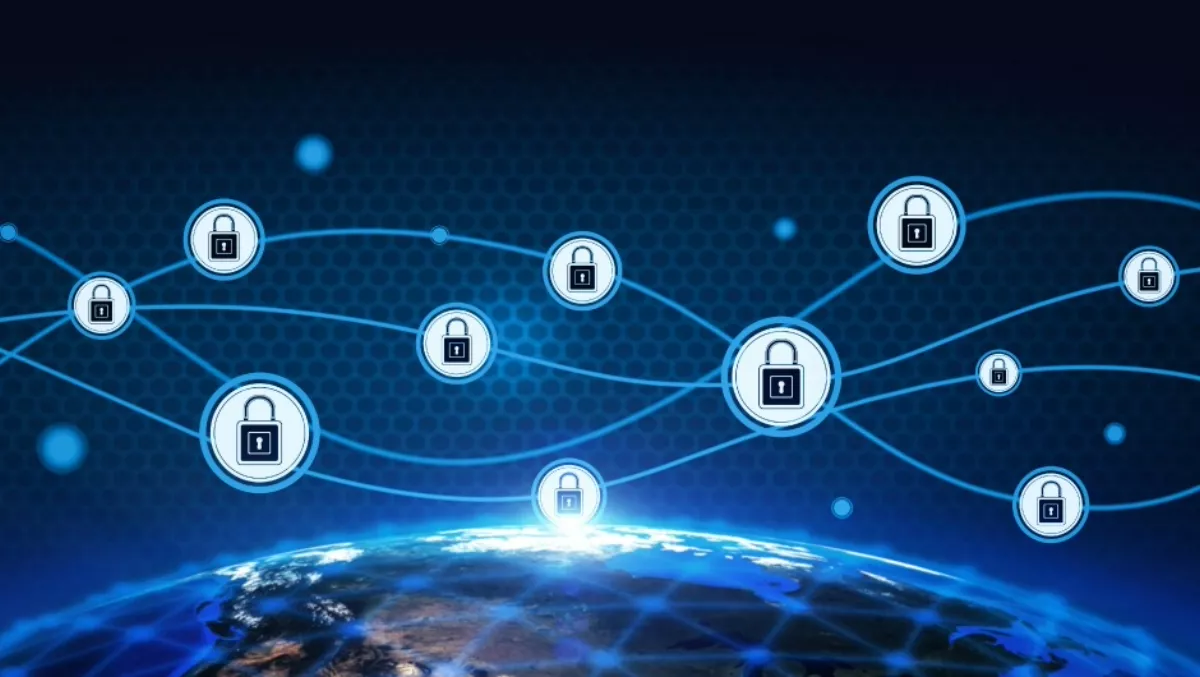
Analysts at IDC predict IoT spending will exceed US$7.3 trillion by 2017. While all this is great for improving the consumer experience, a dark shadow lurks behind it all: concerns about privacy and security.
Identifying who's who and what's what has never been so complex. It's not just about protecting IoT devices but the entire ecosystem, from the customer to the partner, the web page, the mobile device, the mobile app, the cloud and everything else in between.
Static and portable devices need to communicate with each other, and human-to-machine and machine-to-machine identification and interaction must be taken into account.
Without the right model in place, your organisation could be at risk of making your data - and your customers' data - openly available to cyber attacks.
The IoT requires a new way of thinking and acting, one that will protect a business and help it grow. To ensure security in the era of IoT, consider the following recommendations:
1. Think security: IT needs to authenticate customers outside the firewall. Users may want to access systems via multiple devices, and they will expect a user experience that is tailored to how, when, and where they access services.
2. Think ecosystem: Trying to duct-tape security architecture together or protect access on a device-by-device basis is not going to work effectively - or even at all. A single platform that unifies the entire ecosystem will provide a simple, repeatable way to protect a growing number of devices.
3. Think flexibility: Building a platform that supports and unifies the entire ecosystem is challenging enough, but you also need to keep the future in mind. Businesses need to support new services, new devices, and new infrastructure on the back end. Open source gives IT a platform it can build on and customise, while open standards offer the flexibility to adapt to future needs in a very standardised manner.
4. Think monetisation: How do enterprises protect data they can't see as it's communicated between IoT devices and other parts of the ecosystem? Ensuring data is encrypted and authenticated is important.
However, it's also important to understand the relationship between different parts of the ecosystem. Knowing who accesses data and how, where, and when they access it are just a few of the factors that can help ensure proper security.
This knowledge helps you verify the user is legitimate and that current behavior is consistent with past behavior. Because organisations collect all this information, businesses now have a platform they can leverage to better understand and serve the needs of their customers and to provide up-sell opportunities that generate new revenue streams.
No doubt, the IoT will spawn all kinds of new companies and brands in the years ahead. Yet for existing businesses, the time to start formulating strategies to compete and win in the IoT age is today.
According to a recent Gartner report, CEOs list “growth” among their top three business priorities and are investing heavily in their digital businesses to achieve this goal – this is as it should be. IoT will surely play a significant role in achieving this growth, but if it is implemented without proper security, CEOs will fail before they have a chance to succeed.
To find out more about Connecting Customers to the Internet of Things, click here.